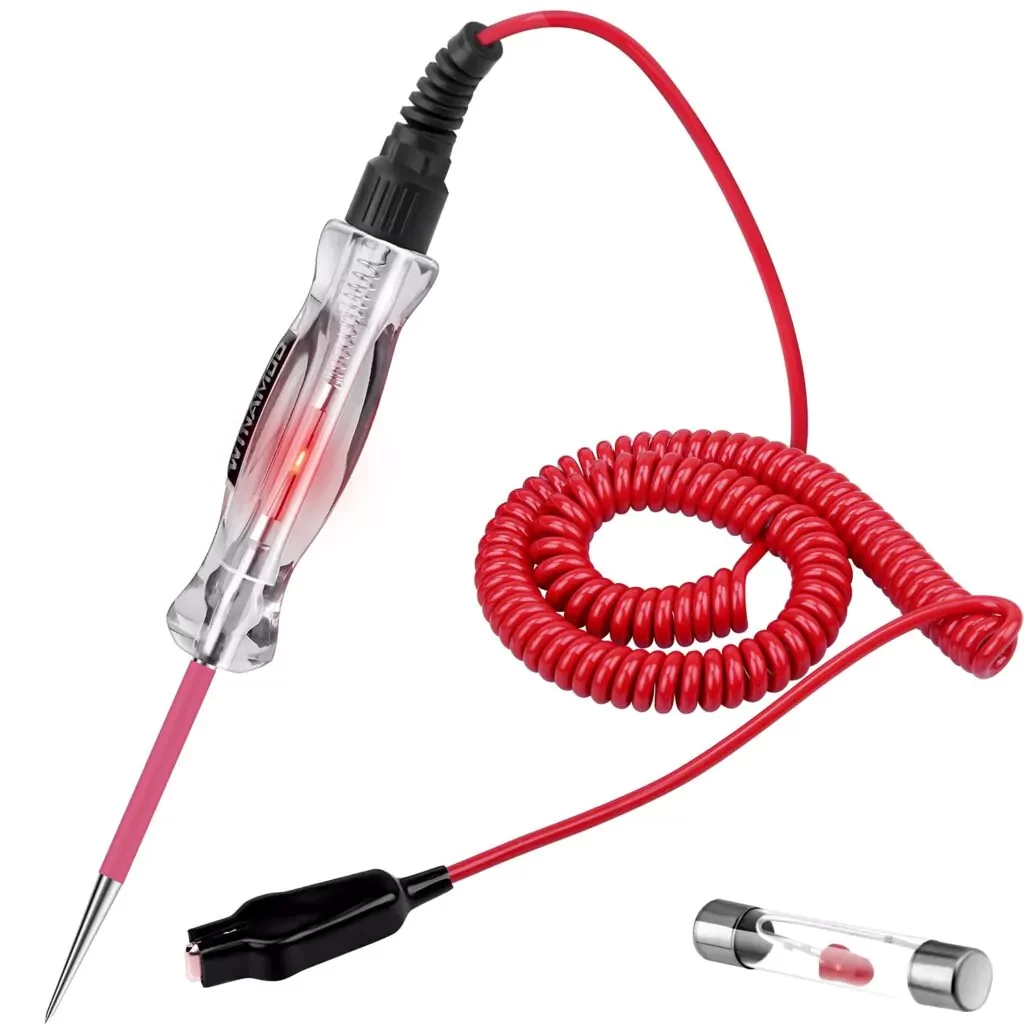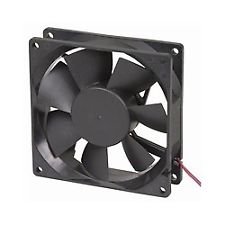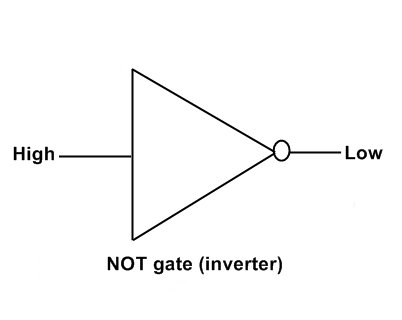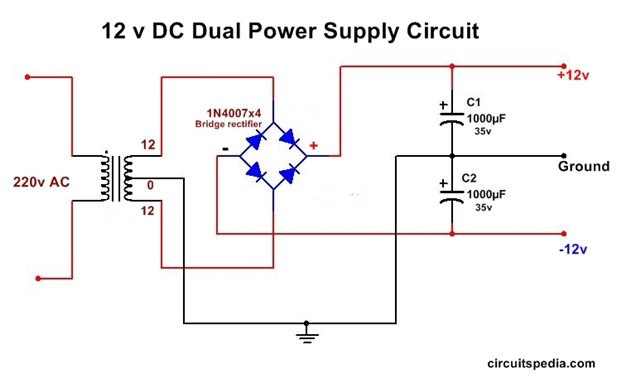In automotive troubleshooting, a test light is an essential tool. There are many different types of automotive test lights available on the market, so deciding which one is right for you can be difficult. In this blog post, we’ll discuss the best automotive test lights and what you should look for when shopping for one. We will describe exactly what an automotive test light is and how they work. Finally, we’ll give some tips on how to effectively use an automotive test light for those of you who may not be experienced enough.
What is an automotive test light?
The best automotive test light is a simple but essential tool that every car owner should have in their arsenal. As the name suggests, test lights are used to diagnose electrical problems in your vehicle. They work by providing a visual indication of whether current is flowing through a particular circuit. Test lights can come in handy in a variety of situations, such as when you’re trying to figure out why your headlights aren’t working or why your car won’t start.
Incandescent test lights use a filament that glows when exposed to an electric current. On the other hand, LED test lights use a light-emitting diode that produces a bright light when activated. Both types of test lights are effective, but many mechanics prefer to use LED test lights because they are more durable and easier to see in direct sunlight.
LED vs Incandescent – Which is better?
Both types of test lights have advantages and disadvantages. Incandescent test lights are cheap and easy to find, but they tend to be less reliable. On the other hand, LED test lights are more expensive but they offer many advantages over their incandescent counterparts. For one, LED test lights are much more durable and can withstand being knocked around or knocked over. They provide a bright light, which makes it easy to use in dark areas.
Ultimately, what type of test light you prefer comes down to personal preference.

How do automotive test lights work?
The test light works by completing the circuit between ground and the power source. If the bulb lights up, you know that electricity is flowing through the circuit. If the bulb doesn’t light up, you know there’s a problem with the circuit. Automotive test lights are a quick and easy way to diagnose electrical problems without resorting to more complicated procedures.
Why do I need an automotive test light?
As we mentioned earlier, test lights can be a helpful diagnostic tool when trying to figure out why your car’s electrical components aren’t working. However, they can also be used for other purposes, such as testing fuses or testing for short circuits. Whatever your purpose for using one, an automotive test light can save you a lot of time and trouble.
What to consider when choosing an automotive test light. When considering which automotive test light to buy, you should consider a few key factors. Cable length is important to ensure you can easily reach all areas of your vehicle. The LED indicator and its brightness are also very important so that you can clearly see what the status of your vehicle’s electrical system is.
Safety features such as clip size and operating voltage range are also important considerations. By taking all these factors into consideration, you can be sure to choose the right automotive test light for your needs.
Wire length
Cable length is important to consider because you need to be able to easily reach all areas of your vehicle. A longer cable means you don’t have to move the light around as much, which can save you time and effort.
LED indicators and brightness
The LED indicator is important so you can clearly see what the status of your vehicle’s electrical system is. A bright LED means you can see status more easily, even in dim lighting conditions.
Security features
Clip size and operating voltage range are two safety features that are important to consider when selecting an automotive test light. A larger clip size means the light will be less likely to fall off, and a wider operating voltage range means the light can be used in a wide variety of vehicles.
By taking all these factors into consideration, you can be sure to choose the right automotive test light for your needs. With the right lighting, you can easily diagnose any electrical problems with your car and get it back on the road in no time.
How to use an automotive test light?
When using a test light, always start with the engine off and the ignition key on. This will prevent from accidentally energizing the circuit and causing electrical shorts. Also, be sure to disconnect any aftermarket accessories such as radios or GPS units plugged into cigarette lighters or other power outlets.
Once you have disconnected all accessories, locate the battery and remove the negative (-) terminal cable This will prevent your test light from grounding to the chassis and creating a spark or fire hazard.
Next, locate the circuit you want to test and loca
te a good ground point. A good ground point is usually a bare metal surface that is not painted or coated. Once you have a good ground point, attach the alligator clip of your test light to the ground point. Then, touch the tip of the test light to the positive (+) terminal of the circuit you are testing. If the circuit is working properly, the test light should illuminate. If the test light does not illuminate, this indicates that there is an open in the circuit and further diagnosis will be required.
Note that some circuits may have multiple ground points. In this case, it is best to connect the alligator clip of your test light to each ground point individually and then touch the tip of the test light to the positive (+) terminal of the circuit you are testing. This will help you determine which ground point is causing the problem in the circuit.
Finally, remember to always reconnect the negative (-) terminal cable to the battery when you’re done testing. This will prevent your car from accidentally draining the battery while you work on it.









Good post, thanx.
Your writing is so relatable and down-to-earth It’s like having a conversation with a good friend Thank you for always being real with your readers